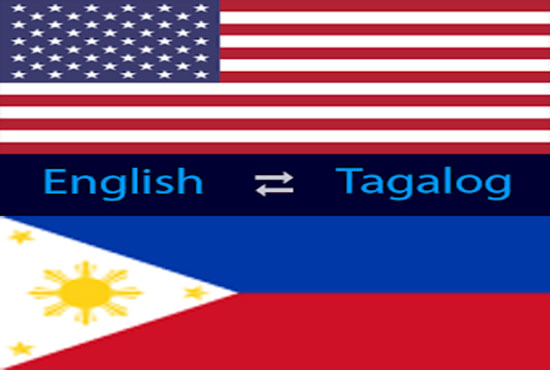



Dhivehi, used by about 300,000 people in the Maldives.

Bhojpuri, used by about 50 million people in northern India, Nepal and Fiji.Bambara, used by about 14 million people in Mali.Aymara, used by about two million people in Bolivia, Chile and Peru.Assamese, used by about 25 million people in Northeast India.Complete list of the new languages now available in Google Translate: As part of this update, Indigenous languages of the Americas (Quechua, Guarani and Aymara) and an English dialect (Sierra Leonean Krio) have also been added to Translate for the first time. And we’ll keep improving these models to deliver the same experience you’re used to with a Spanish or German translation, for example." Over 300 million people use these newly-added languages - like Mizo, spoken by around 800,000 people in the far northeast of India, and Lingala, spoken by over 45 million people across Central Africa. But Google does have a disclimer here: "While this technology is impressive, it isn't perfect. These are the first languages that it claims it has added using Zero-Shot Machine Translation, where a machine learning model only sees monolingual text - meaning, it learns to translate into another language without ever seeing an example. According to the company, this is also a technical milestone for Google Translate. With this, Google Translate now supports a total of 133 launguages across the globe. Google has added 24 new languages to Translate. Google now plans to take Google Translate to more number of people with the aim to target at those languages who it says, "aren’t represented in most technology". As there would few who have not used this nifty language translation feature ever. Google says, "For years, Google Translate has helped break down language barriers and connect communities all over the world." And most of will agree with this.


 0 kommentar(er)
0 kommentar(er)
